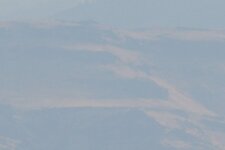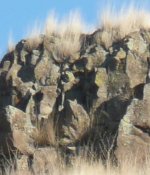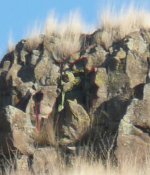Secret squirl
Sr. Member
- Sep 15, 2017
- 278
- 313
- Detector(s) used
- pulsestar II pro
- Primary Interest:
- All Treasure Hunting
Here is a 3 I missed, and found today looking for some of my pics of 3's. Notice it is on a tombstone.
View attachment 1639497
View attachment 1639497








